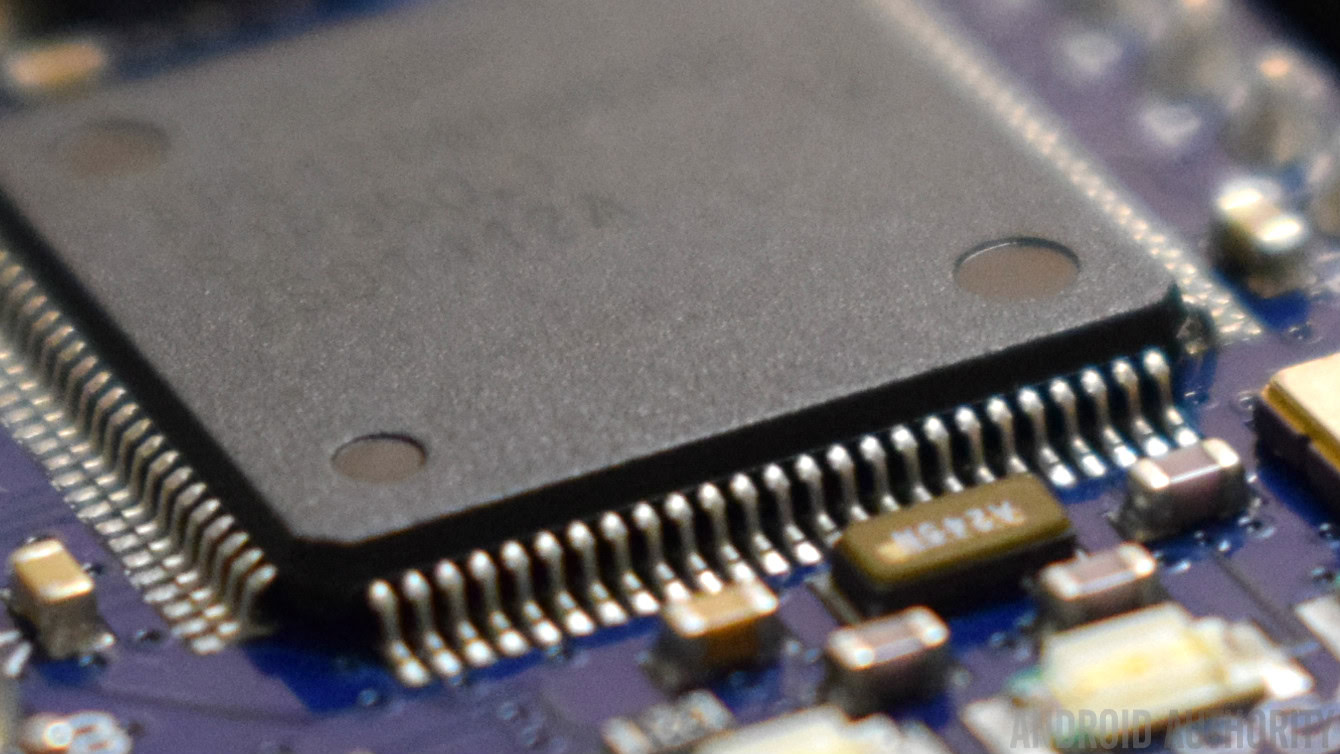Affiliate links on Android Authority may earn us a commission. Learn more.
Samsung said to be developing its own CPU core based on RISC-V

Samsung’s semiconductor division made a big leap forward this year with the development of its first custom CPU core inside its Exynos 8890 processor for the Galaxy S7, and it looks like the company intends to expand its CPU development efforts. According to industry sources, Samsung’s Device Solution division is working on its own CPU core for 32-bit microcontrollers, most likely targeted at the wearables and internet-of-things markets.
Allegedly, the CPU core will be based on the open source RISC-V instruction set architecture, rather than an ARM based architecture such as ARMv6-M or the company’s latest ARMv8-M, which are more closely related to the architectures used in Samsung’s smartphone chips. This means that Samsung won’t have to pay a license fee to ARM, suggesting a change in strategy from the company’s previous tactic of licensing entire ARM Cortex CPU core designs directly from the company.
Speaking of ARM, the source suggests that Samsung’s MCU is targeting a transistor count somewhere in the region of 10,000 to 20,000. Less than 20,000 transistors would put the MCU core in a similar power envelope to ARM’s Cortex-M0. The M0 and M0+ are very low power cores designed to bring 32-bit performance to use cases that historically favored low cost 8-bit AVR components. Samsung sold its 8-bit microcontroller business to IXYS back in 2013, but could be returning to the field in preparation for the expansion of the low power IoT market.
“Although we need to wait and see if RISC V core that has competitive edge to replace ARM’s core, we are interested in Samsung Electronics since it has an experience of manufacturing its own customized CPU core that is used for mobile AP.” – anonymous industry representative
The RISC-V processor architecture was developed by UC Berkeley under a royalty free permissive BSD license, and has received support from a number of major technology companies. The RISC V Foundation is backed by names including Google, Qualcomm, IBM, and NVIDIA, and offers a free compiler and open ISA development environment. In fact, NVIDIA and Qualcomm are already using the architecture to develop their own IoT processors and memory controllers for GPUs.
While RISC-V may not offer the same speed to market and proven compatibility as a licensed ISA, its lack of a royalty fee and entry price makes it a very attractive option for low cost microprocessor development. Especially considering the increasingly low price point of small MCUs. A 32-bit Cortex-M0 based STM32F0 microcontroller sells for less than $2!
Samsung is said to have been developing its microcontroller CPU since the first half of 2016, and the core could appear in its first commercialized product sometime next year.